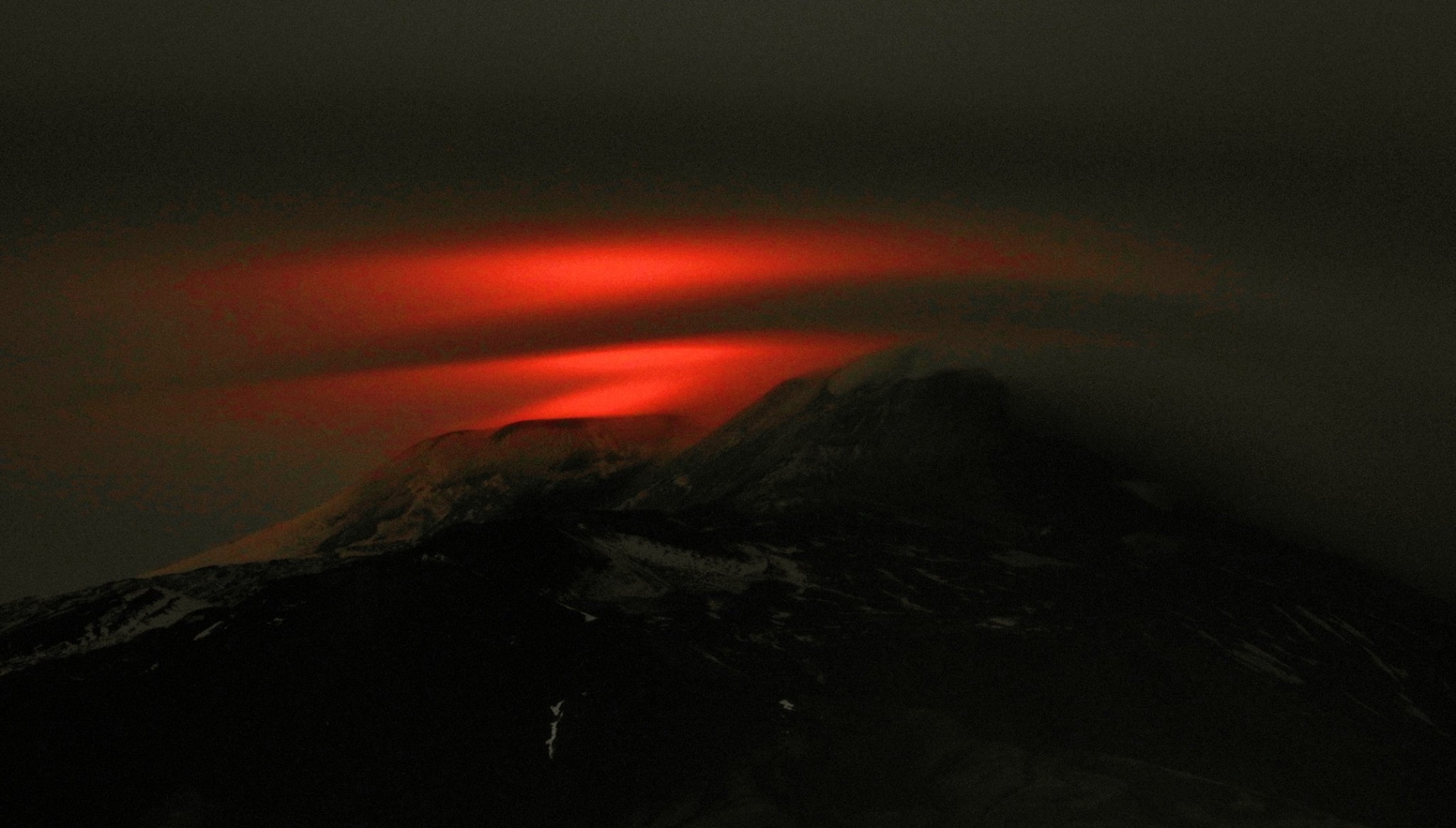March 11, 2020. EN . Italy / Sicily : Etna , Philippines : Kanlaon , Peru : Ubinas , Colombia : Nevado del Ruiz , Hawaii : Mauna Loa .
March 11 , 2020 . Italy /Sicily , Etna : Weekly bulletin from 02/03/2020 to 08/03/2020 (issue date 10/03/2020). SUMMARY OF ACTIVITY STATUS In light of the monitoring data,…

